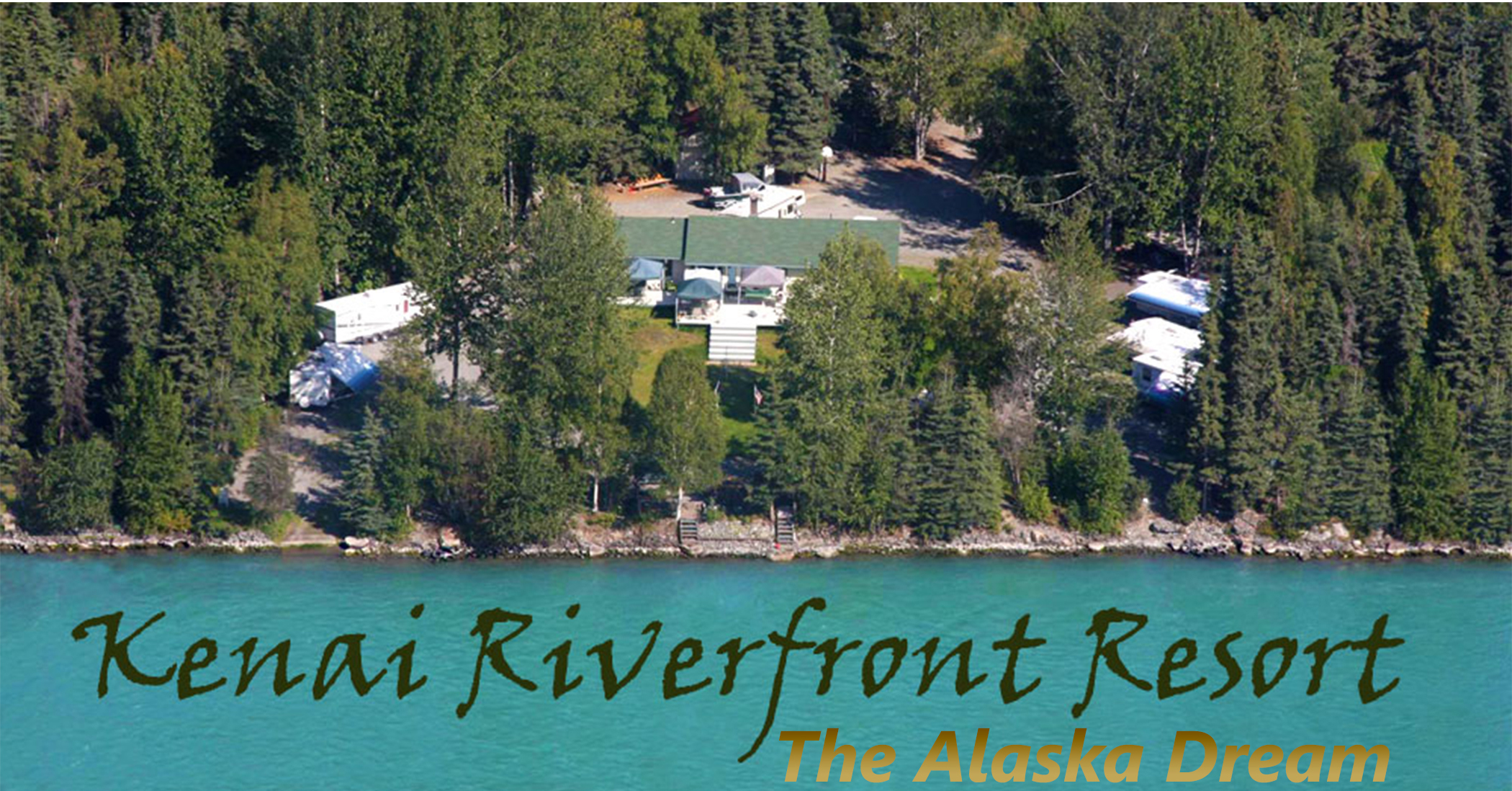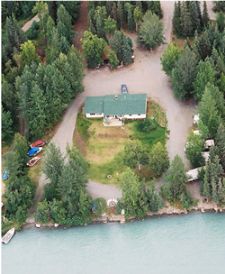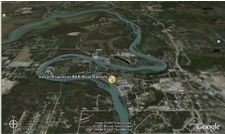The Arctic char (Salvelinus alpinus Linnaeus) is present in North America in both the anadromous (seagoing) and the nonanadromous (freshwater resident) forms. It is distributed throughout the polar regions and is the most northerly distributed of char and its closely related cousin, the Dolly Varden (Salvelinus malma Walbaum). It was only in the 1980s that taxonomists established the relationship between these species in North America. This relationship, however, is still under consideration by some scientists.
There are some external characteristics which can be used to differentiate between Arctic char and Dolly Varden. Arctic char generally have a shorter head and snout, a trait particularly evident in spawning males. The tail of an Arctic char has a slightly deeper fork than that of a Dolly Varden, and the base of the Arctic char's tail is narrower.
General description: Like all chars, Arctic char have light colored spots on a dark background. They are variable in color depending on environmental conditions within their lake of residence and time of year. The back is dark with a brownish or olive cast. The sides are lighter, fading to a pale belly. The overall color may be brown, yellow, gold, orange, or red. As the char approaches spawning, the spots, belly, and fins take on a bright orange, red, or gold cast, and the lower fins have brilliant white leading edges. The entire body may become golden or orange. Spawning colors are more exaggerated in males than in females.
Range: Arctic char range across the northern polar regions. In Alaska, they are known to occur only in the lake resident form. Arctic char are found in lakes in the Brooks Range, the Kigluaik Mountains, the Kuskokwim Mountains, the Alaska Peninsula, Kenai Peninsula, Kodiak Island, and in a small area of Interior Alaska near Denali Park.
Life history: Little is known about the life history of Arctic char in Alaska lakes. However, in other areas, char often exist in two different forms in the same lake. These forms are usually described as "dwarf' and "normal." The forms show differences in habitat and food selection, resulting in different growth rates, size at maturity, and average size. After reaching sexual maturity at an age of 6 to 9 years, Arctic char are thought to spawn every other year. Spawning usually occurs from August through October, probably over steep, broken substrates or gravel shoals at sufficient depth to be protected from winter ice. In some lakes, prespawning char congregate near inlet streams or waterways connecting lakes, but they move back into the lake to spawn. Growth and maximum size may vary greatly, depending on the productivity of the particular lake and the presence of other fish species. Fish over 10 pounds are not uncommon in some Alaska lakes, while other lakes may not produce fish over 2 pounds even though fish may reach great age.
Sport Fishery: Arctic char are available to the angler in lakes of Kodiak Island, the Alaska Peninsula and Bristol Bay, The headwater lakes of drainages in southwestern Alaska and the Kuskokwim Mountains also contain populations of Arctic char. Walker and Selby lakes in the Kobuk River drainage contain Arctic char as do numerous named and unnamed lakes in the northern foothills of the Brooks Range. The largest Arctic char in Alaska probably occur in some of Bristol Bay's large lakes, where good fishing can be had from late May through early July when these fish congregate to feed on salmon smolts as they move toward the sea.
Text: Fred DeCicco
Illustration: Ashley Dean
Revised and reprinted 1994






